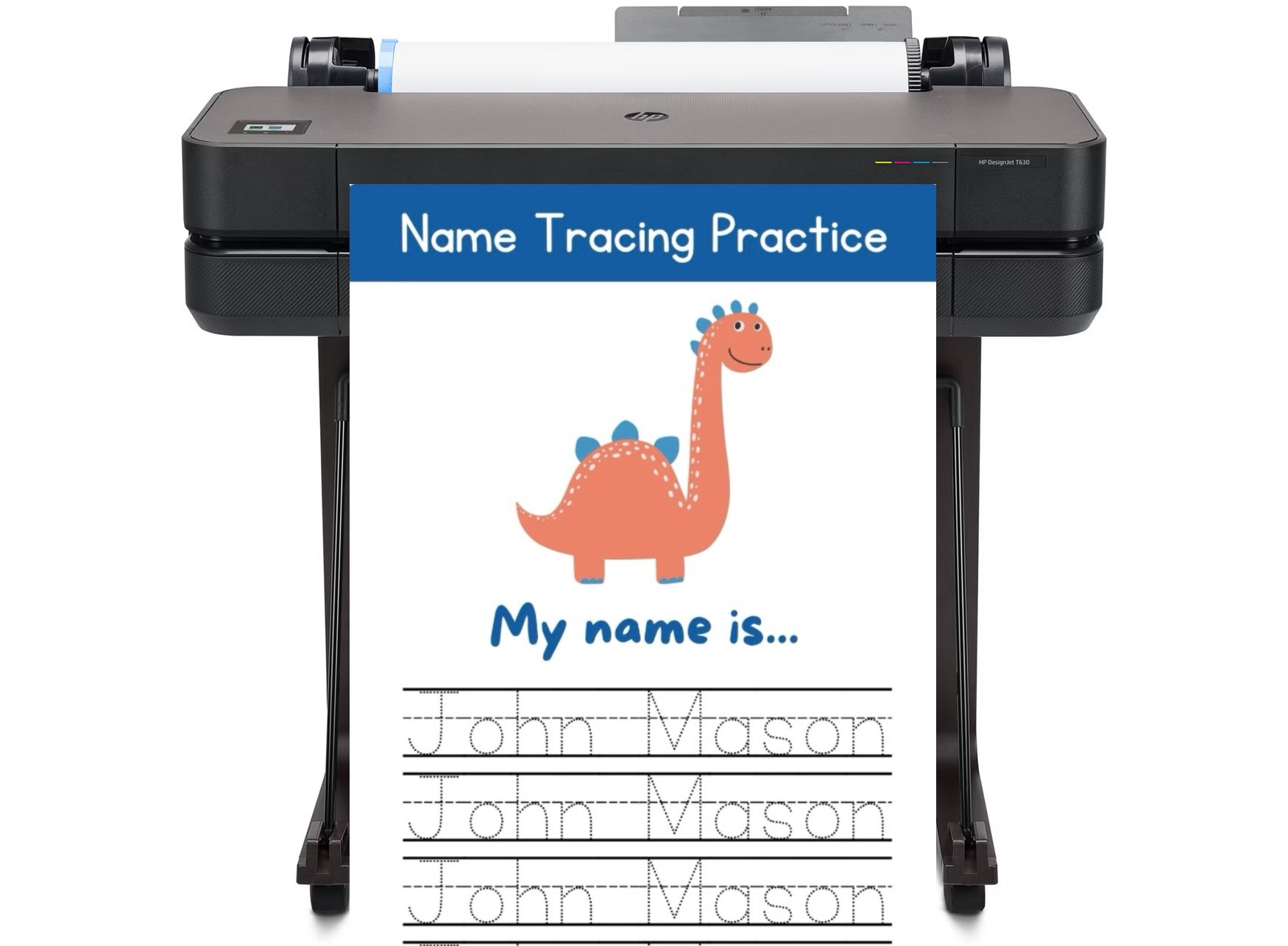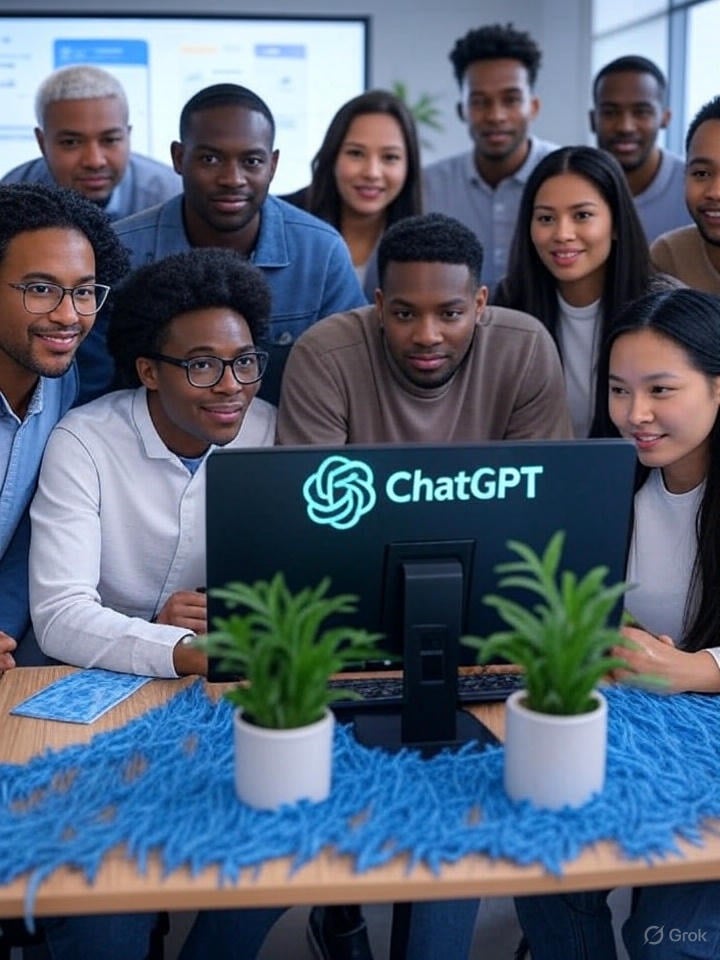Let’s face it: Teaching is rewarding, but it’s also one of the most time-consuming jobs on the planet. Between planning lessons, grading papers, managing behavior, and finding new ways to engage students — it’s no wonder so many educators are overwhelmed.
But what if you had a virtual teaching assistant who could help you:
- Write rubrics in seconds
- Create differentiated assignments
- Brainstorm creative writing prompts
- Draft newsletters, emails, or feedback
- And even help your students write better?
That’s where ChatGPT comes in — an AI-powered tool that’s transforming how educators work smarter, not harder.
💡 Why Teachers Are Turning to ChatGPT
Teachers across the globe are finding ways to use ChatGPT to:
- Save hours of prep and planning time
- Generate fresh ideas that reignite their passion
- Personalize learning for students of all ability levels
- Support reluctant writers and ELL students
- Reduce burnout by offloading repetitive tasks
Best part? You don’t need to be tech-savvy to get started. All you need are the right prompts — and that’s exactly what you’ll find below.
✅ How to Use These Prompts
Each prompt below is copy-paste ready. You can:
- Use them directly in ChatGPT
- Tweak them for your grade level or subject
- Try them during planning periods, curriculum meetings, or on-the-fly
📚 25+ ChatGPT Prompts Every Teacher Should Try
🧠 1–5: Lesson Planning Made Easy
- “Create a 5-day lesson plan for 7th grade ELA on identifying theme in literature.”
- “Design a project-based learning activity for high school chemistry about chemical reactions.”
- “Generate discussion questions for the novel ‘Of Mice and Men’ for 10th grade.”
- “Give me a quick bell-ringer activity to introduce figurative language.”
- “Plan a week of math lessons focused on multiplying fractions, including a quiz on day 5.”
✍️ 6–10: Writing Support for Students
- “List 10 creative writing prompts for 6th graders that encourage imagination.”
- “Revise this student paragraph to be more descriptive: [Insert text].”
- “Give feedback on this short story draft: [Insert text].”
- “Write a sample thesis statement for an argumentative essay on school uniforms.”
- “Help a student outline a narrative about a time they overcame a challenge.”
📝 11–15: Assessment & Rubric Creation
- “Write a rubric for a middle school persuasive essay with categories for structure, evidence, and grammar.”
- “Create three open-ended comprehension questions for the poem ‘Ozymandias.’”
- “Generate multiple-choice questions about the water cycle for 5th grade science.”
- “Design a formative assessment activity for learning cell organelles.”
- “Write grading comments for a student who improved significantly in reading fluency.”
🧩 16–20: Differentiation & Inclusive Instruction
- “Rewrite this text at a 3rd grade reading level: [Insert passage].”
- “Provide a simplified version of these vocabulary words with pictures for ELL students.”
- “Create tiered math word problems for three different ability levels on the topic of decimals.”
- “Suggest accommodations for a student with dyslexia during a reading test.”
- “How can I explain the concept of ‘metaphor’ to a visual learner?”
🎓 21–25: Professional Growth & Classroom Culture
- “Suggest five professional development books about culturally responsive teaching.”
- “Write an inspirational quote for my classroom whiteboard about lifelong learning.”
- “Help me write a parent newsletter about upcoming literacy week events.”
- “Create ideas for a student-led classroom jobs system.”
- “Write a short, respectful email to a parent addressing a behavior concern.”
🧑🏫 BONUS Prompts: Go Beyond the Basics
- “Brainstorm 10 ideas for integrating AI tools into a high school English class.”
- “Help me design a classroom escape room based on ‘To Kill a Mockingbird.’”
- “Create a 3-minute classroom mindfulness activity script for Monday mornings.”
- “Write a list of engaging bell ringers for Black History Month.”
- “Explain growth mindset in student-friendly language for 4th graders.”
📎 Tips for Using ChatGPT in Your Teaching Workflow
🧠 Think of ChatGPT as a collaborator, not a replacement. It won’t replace your teaching voice or your connection with students — but it can help you amplify both.
✏️ Always review and edit AI responses before using them with students. ChatGPT is smart, but not infallible.
📚 Encourage students to use AI ethically: for brainstorming, improving writing, and exploring ideas — not as a shortcut.
💻 Build classroom trust by showing students how you use AI to learn and create — modeling transparency and critical thinking.
📥 Want to Save These Prompts for Later?
Grab the free printable version of these 30 ChatGPT prompts for teachers — perfect for your lesson planning binder or digital drive.
👉 [Download the PDF here]
✨ Final Thoughts: Teaching Smarter, Not Harder
ChatGPT isn’t just a trendy tool — it’s quickly becoming an essential part of the modern teacher’s toolkit. In a profession where time is limited, expectations are high, and resources are often stretched thin, AI can be the behind-the-scenes support you didn’t know you needed.
Whether you’re:
- Feeling overwhelmed by daily lesson planning,
- Struggling to differentiate instruction for diverse learners,
- Looking for creative ways to re-engage your students,
- Or simply burned out from trying to do it all…
ChatGPT can help lighten your mental load, spark fresh ideas, and bring some much-needed efficiency (and fun!) back into your workflow.
But this isn’t about replacing the incredible work you do — it’s about amplifying it. When used wisely, ChatGPT can give you more time to do what matters most: connecting with students, cultivating curiosity, and creating a classroom that feels alive with possibility.
So, teachers, take a prompt or two from this list and give them a try. Experiment. Tweak. Explore. The more you use it, the more personalized and powerful the results become.
👩🏫 Have a prompt that transformed your teaching or saved your sanity?
Share it in the comments below — your idea might be exactly what another teacher needs to hear today.
Together, we’re not just using AI.
We’re building a smarter, stronger, more collaborative future for education — one prompt at a time.

